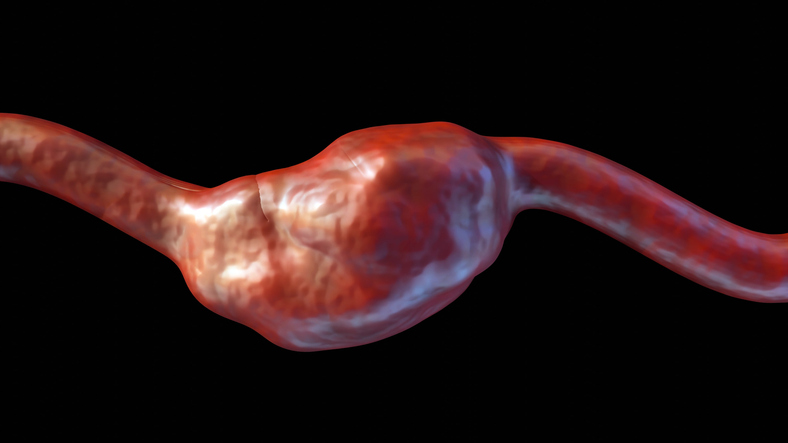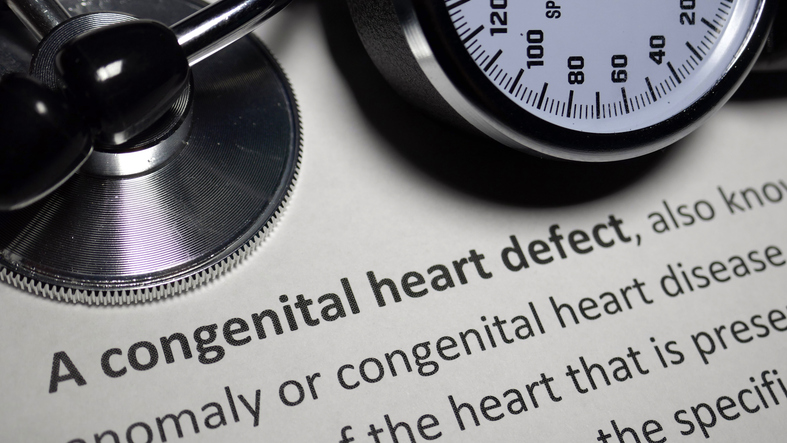
A new analysis suggests that atrial fibrillation (AFib), while still a serious heart condition, has seen a decline in fatalities related to AFib over the last several decades.
Published in BMJ, the authors looked at a cohort of the Framingham Heart Study during three periods (1972-85, 1986-2000, and 2001-2015) who had no AFib and identified new AFib (or atrial flutter) during the study periods. The authors calculated hazard ratios for the association between time varying AFib, and also estimated the difference between restricted mean survival times (adjusted) between those with AFib and matched referents at 10 years after diagnosis of AFib. The primary outcome measure was all-cause mortality. The study included 5,671 participants from study period 1, 6,177 from period 2, and 6,174 from period 3.
This study of temporal trends in the association between newly diagnosed atrial fibrillation and death found that the mean number of life years lost to atrial fibrillation at 10 years had improved significantly but a gap remained @l_trinquart https://t.co/9zHRwDHioC
— The BMJ (@bmj_latest) August 11, 2020
According to the results, after 10 years following AFib diagnosis, the adjusted difference in survival times between those with AFib and those without decreased by 31% (from -2.9 years in period 1 to -2.1 years in period 2 to -2.0 years in period 3 (P for trend=0.003). Adjusted hazard ratios for all-cause mortality between study participants and those without AFib were 1.9 (95% CI, 1.7 to 2.2) in period 1, 1.4 (95% CI, 1.3 to 1.6) in period 2, and 1.7 (95% CI, 1.3 to 2.0) in period 3 (P for trend=0.70).
The authors cited not having enough information on treatments for AFib (such as anticoagulation or other drug treatments for underlying cardiovascular disease) as one of the chief limitations of the study. Another limitation was the limited length of follow-up.
“We found no evidence of a temporal trend in hazard ratios between newly diagnosed AFib and all cause mortality,” the authors concluded. “The hazard ratios for non-cardiovascular death declined over time but no evidence of a temporal trend for cardiovascular death was found. Mortality associated with newly diagnosed AFib remained high compared with individuals without AFib, despite showing some improvements over the past 45 years. More than 10 years after a diagnosis of atrial fibrillation, individuals with AFib lose about two years of life compared with matched referents.”
Trends in excess mortality associated with atrial fibrillation over 45 years (Framingham Heart Study): community based cohort study https://t.co/m4KF54vsJt pic.twitter.com/pU52xCgRAf
— Andy Vermaut (@AndyVermaut) August 11, 2020
Comparing participants with &without AFib-found no-temporal trends in the relative rate of dying from all causes
mean # of life yrs lost to AFib at 10yrs improved significantly over 45yrs,but >10 yrs after a diagnosis of AFib-lose ~2yrs of life compared with matched referents👇 https://t.co/4VtrJhZ0mb
— Eric Friedberg MD (@FriedbergEric) August 11, 2020
Important new data from Framingham on mortality risk in atrial fibrillation https://t.co/BRp3yaQakb
— Derek Connelly (@ProfDConnelly) August 11, 2020
The prognosis after atrial fibrillation has improved during the last 45 years. However, atrial fibrillation remains a serious disease and preventive efforts are important to reduce the incidence and excess mortality. https://t.co/YnRVMKUg7B
— Nicklas Vinter (@nicklas_vinter) August 12, 2020
New first-of-its-kind study from @BUSPH @BUMedicine @AarhusUni Aalborg University researchers shows a decline in atrial fibrillation-related deaths over the last 45 years. Thank you @l_trinquart for your work on this as senior author. https://t.co/59NIRd6WsW v @bmj_latest
— Sandro Galea (@sandrogalea) August 12, 2020







 © 2025 Mashup Media, LLC, a Formedics Property. All Rights Reserved.
© 2025 Mashup Media, LLC, a Formedics Property. All Rights Reserved.